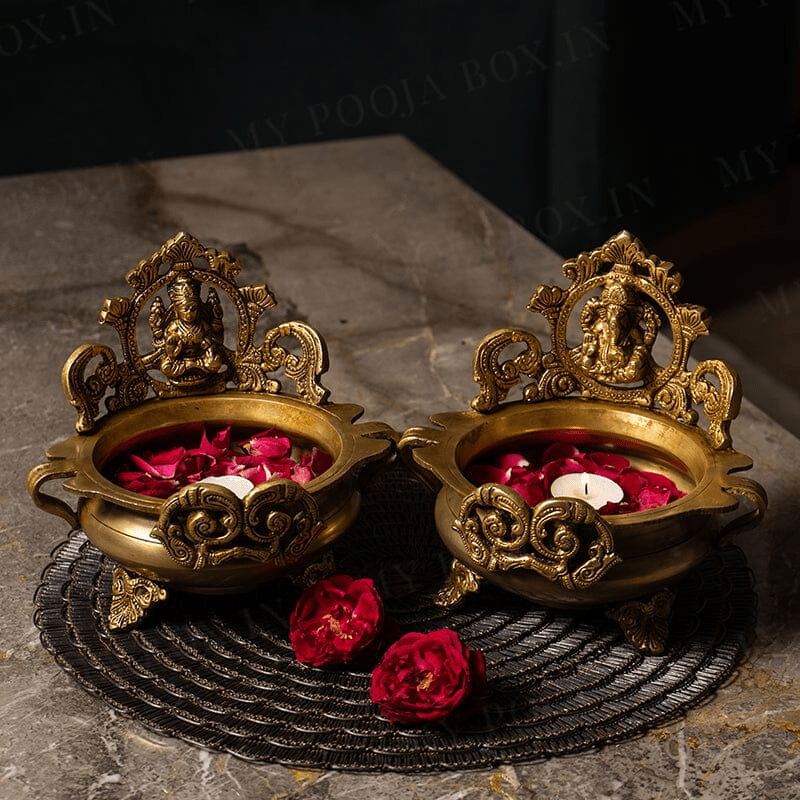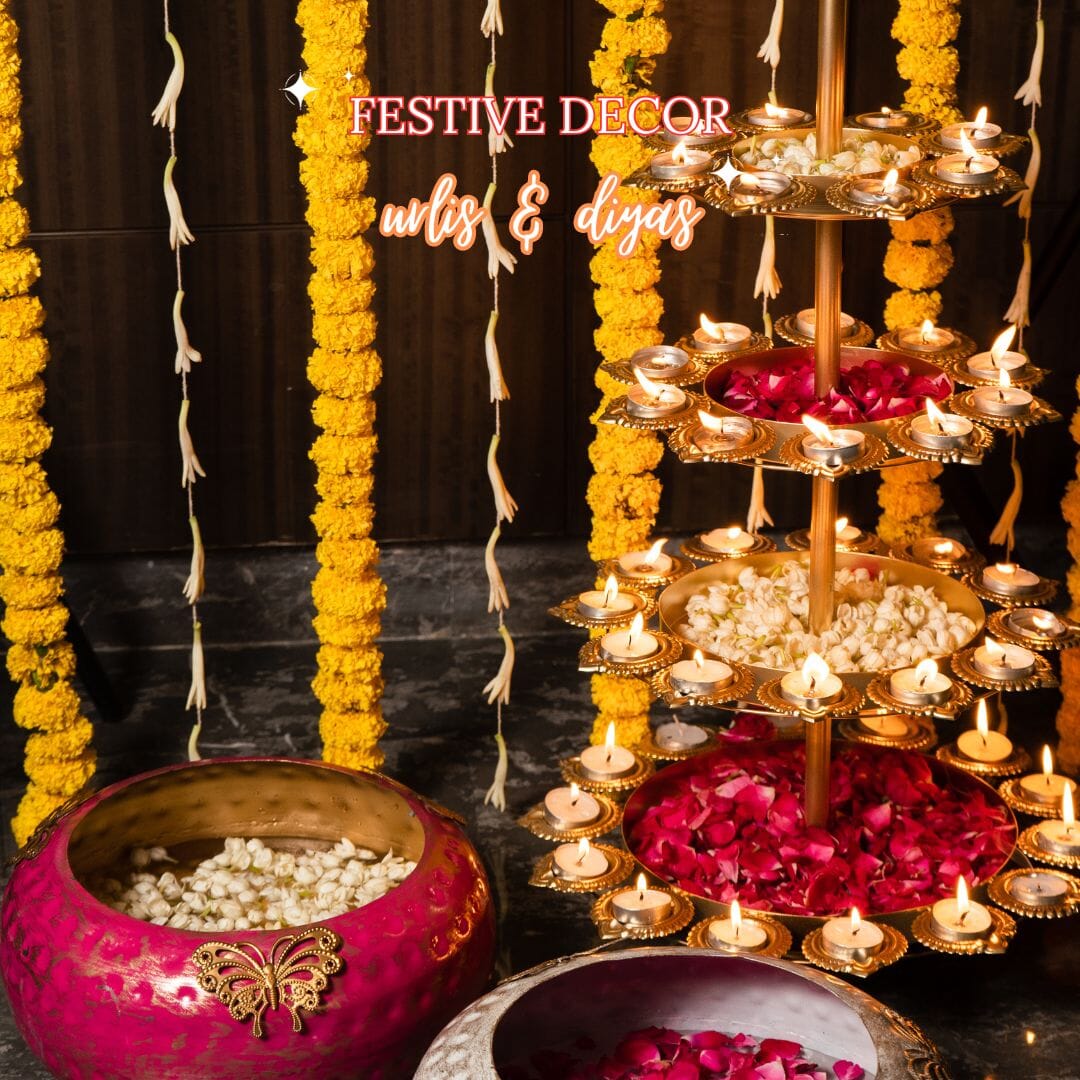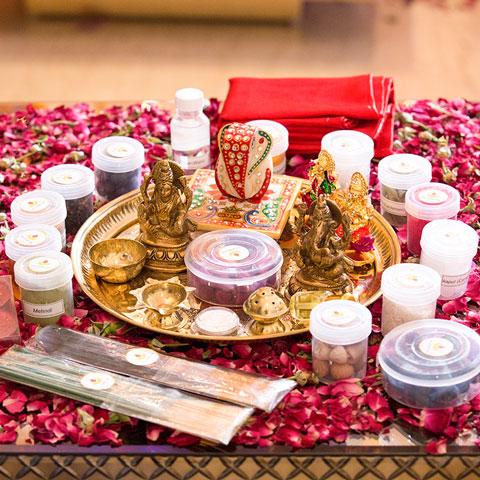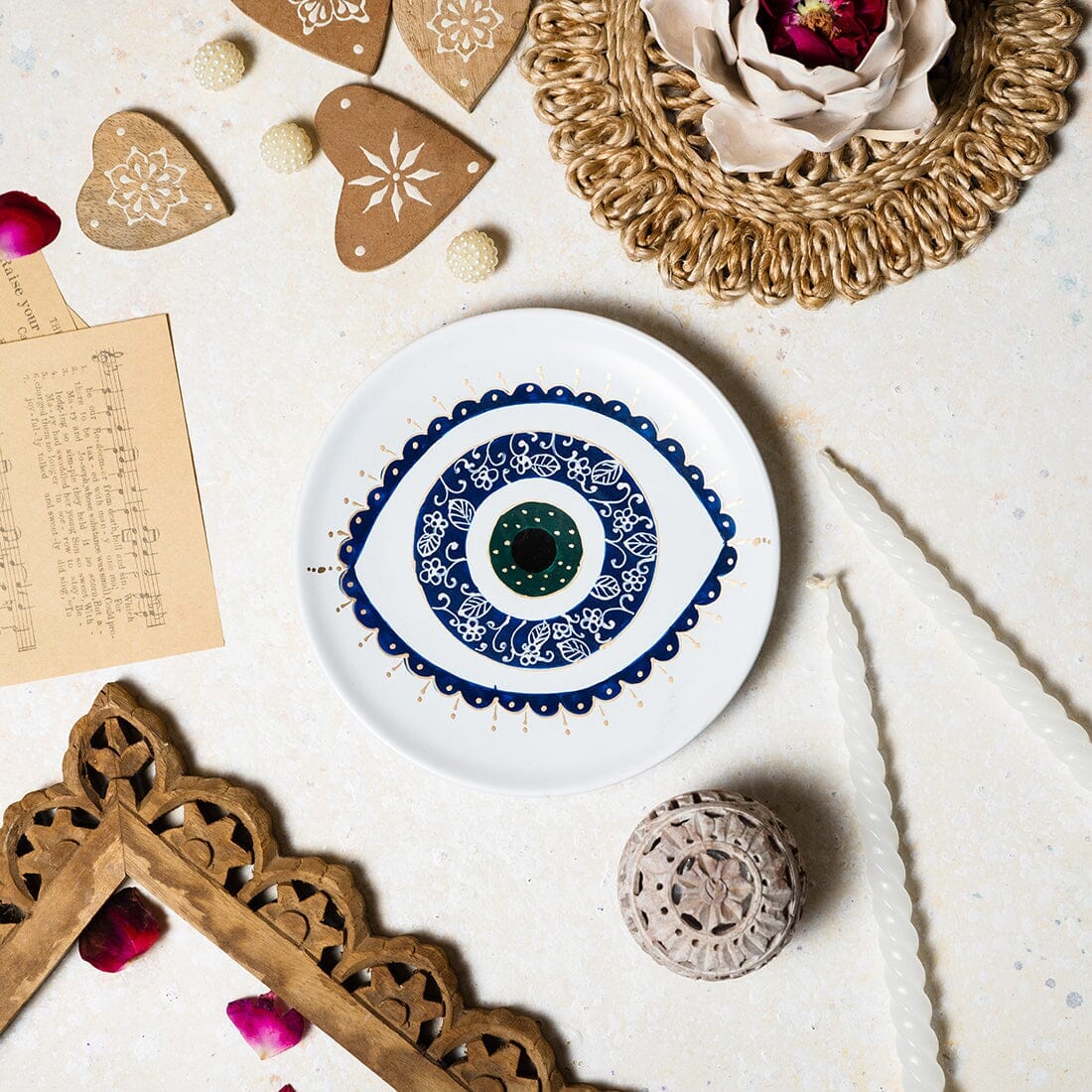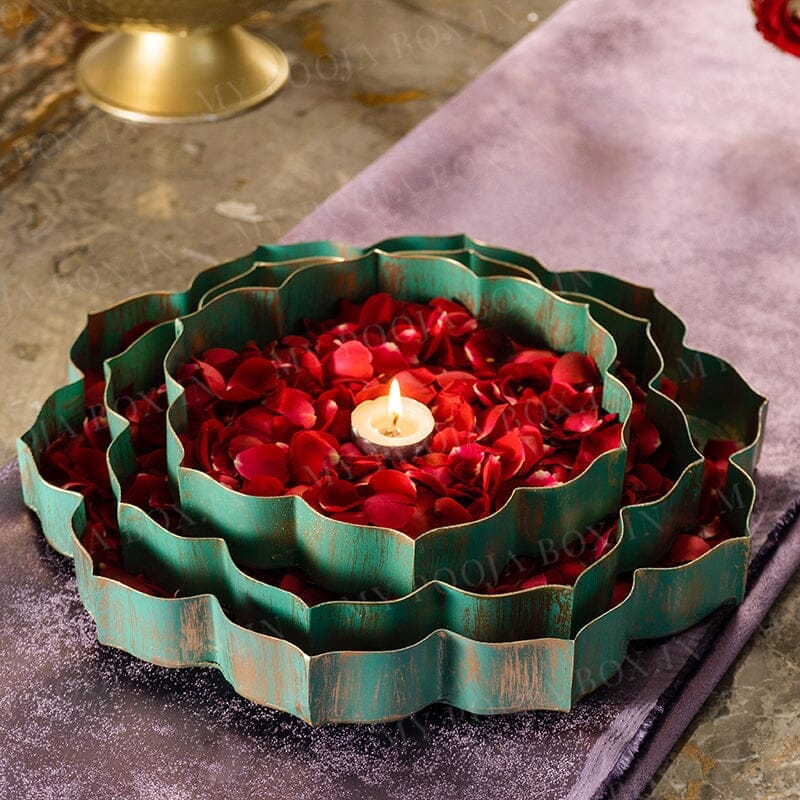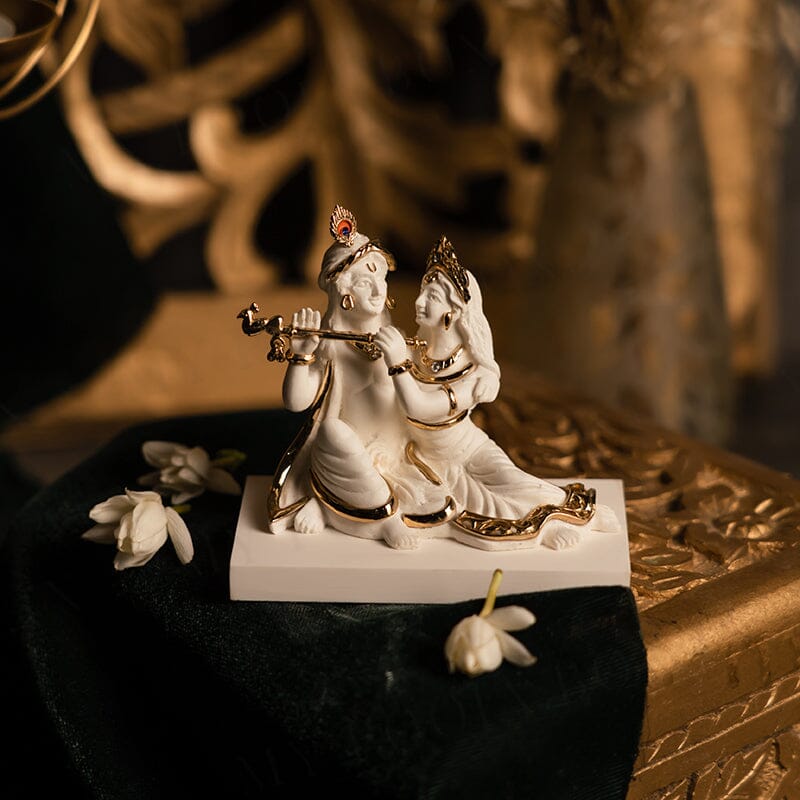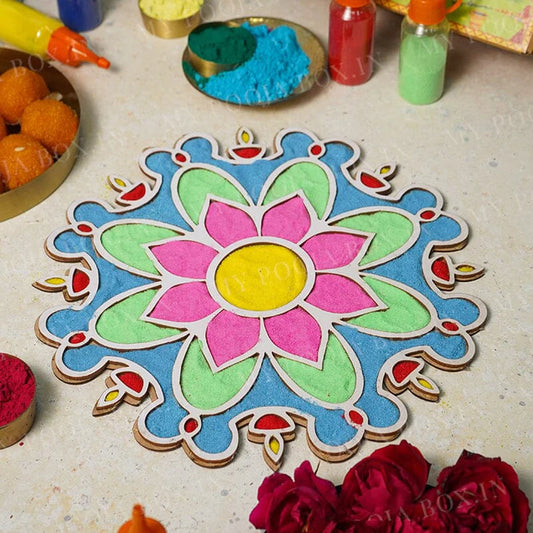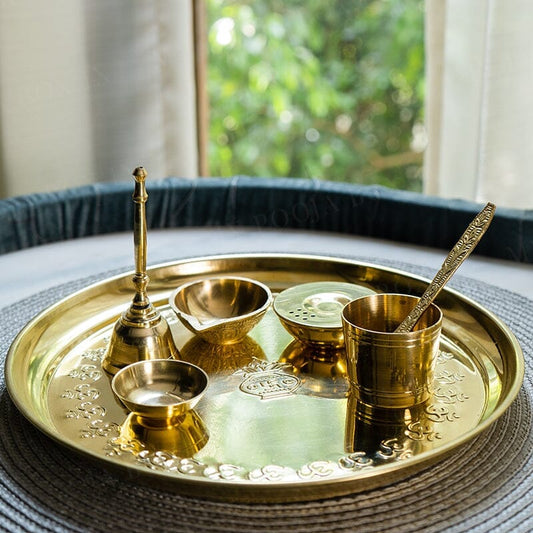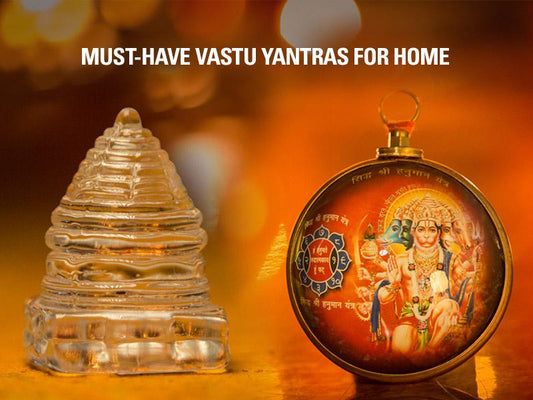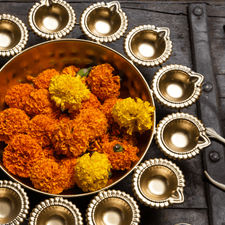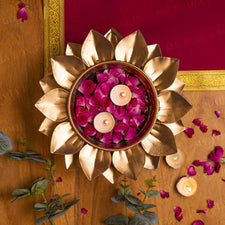Diwali, also pronounced as Deepawali, is one of the great religious festivals in India for Hinduism, Jainism, and Sikhism, and all other diverse culture residing in India, running on for five days from the 13th day of the dark half of the lunar month of Ashvina to the second day of the light half of the lunar month of Kartika, which is generally between October and November.
Diwali celebrations differ in keeping with different diversified realms and customs, whereas the most common ritual amidst Hindus is the lighting of “diyas” on the night of the new moon, which is the day when Goddess Laxmi, the Goddess of wealth, is believed to perceive her presence.
Coming to different parts of India, in Bengal, the Goddess Kali is worshipped on this auspicious day. In North India, the festival also commemorates Lord Rama's return to Ayodhya (along with Sita, Lakshmana, and Hanuman) after defeating Ravana, the demon king with ten heads linking the festival to the Dussehra holiday. Likewise, the festival commemorates Krishna's victory over the demon Narakasura in South India. Also, Diwali is observed by some as a commemoration of Goddess Lakshmi's marriage to God Vishnu.
Diyas are lit and arranged in rows along the parapets of temples and houses, as well as the drift on rivers and streams all through this festival. Rangoli, intricate patterns made of colored rice, sand, or flower petals, are used to decorate homes and cover floors both inside and out. Houses' doors and windows are left open in the hopes that Lakshmi can enter and bless the residents, which is a belief in Hindu Culture.
Customs and traditions:
The Diwali festival goes with five different customs on five different days consecutively. The first day begins with “Dhanteras”, which is devoted to cleaning homes and buying small gold, silver, or any utensil items. The second day, also known as Naraka Chaturdashi or Choti Diwali, commemorates Krishna's victory over Narakasura and includes prayers for ancestors' souls as well. On the third day is the main Diwali festival, also called “Badi Diwali”. People worship God Ganesha and Goddess Laxmi together and they call it “Laxmi Puja”.
God Ganesh is believed to be worshipped before beginning a new life with his blessing for positive and good luck, whereas Goddess Laxmi is the god of wealth. They light diyas, candles, and fireworks and visit temples as well. The fourth day is the “Govardhan Puja” or Balipratipada”, or Annakut, celebrating God Krishna’s victory over “Indra”- king of the gods in heaven.

In the Vikrama (Hindu) calendar, it is the first day of Karttika that marks the beginning of the new year. The last day is the Bhai Dooj, also averted as Bhai Tika, or Bhai Bij honors the bond between brothers and sisters. It is a day when sisters pray for their brothers' prosperity and well-being.
Diwali, the festival of love and share:
All together, Diwali is a festival of lights and love. People visit their friends and relatives, exchange Diwali gifts, purchase and wear new clothes, bean feasts, and enjoy the whole festival by setting off fireworks, which is now prohibited to avoid pollution. Gambling games such as card games are equally swayed to put forth good luck and fortune in the coming year. These games are also played popularly, especially on Diwali, in remembrance of God Shiva and Parvati, who loved playing dice games on Mount Kailasa or similar contests between Radha and Krishna.
The Four Days of Diwali:
Every Diwali day has its own story to tell. Naraka Chaturdasi, the first day of the festival, commemorates Lord Krishna and his wife Satyabhama's victory over the demon Naraka.
The second day of Deepawali, “Amavasya,” commemorates Goddess Lakshmi's worship when she is at her most compassionate form or ‘Avtar”, bringing off the wishes of her devotees. Amavasya is also significant in narrating the tale of Lord Vishnu, who defeated the tyrant Bali and exiled him to hell in his dwarf incarnation. Once a year, Bali is allowed to return to Earth to light millions of lamps and spread light and knowledge.

Bali emerges from hell on the third day of Deepawali, Kartika Shudda Padyami, and rules the world following Lord Vishnu's boon. At last, is the Yama Dvitiya (also known as Bhai Dooj) on the fourth day, and it is on this day that sisters invite their brothers to their homes, followed by a ritual where the sisters tie a holy thread as a symbol of the bond.
Hence the lore of gambling on Diwali also has a significant belief behind it. Goddess Parvati is said to have played dice with her husband, Lord Shiva, on this day. She predicted that anyone who gambled on Diwali night would succeed for the rest of the year with happiness and blessings.
History and origin story:
Many beeves have been taken from the traces of ancient India. Most of them believe it is the start of an important harvest festival in India. In contrast, others believe that the origin of Diwali marks the celebration of the grand wedding of Goddess Lakshmi, the Goddess of wealth, with the God Vishnu, the operator of the world. Hence Diwali is the remembrance of this holy grand marriage. But, on the other hand, some believe that the celebration of Diwali is centered around Goddess Lakshmi's birthday as it is believed that she was born on the new moon day of Kartik.
For the state of Bengal, Deepavali, or Deepavali, is a festival dedicated to the worship of Kali, the dark Goddess of power and strength. Lord Ganesha (Goddess Parvati and God Shiva's son) is also worshipped in some homes during Diwali as a sign of auspiciousness and wisdom. Diwali also commemorates Lord Mahavira's ascension to the state of eternal bliss known as nirvana in certain Jain households.
Diwali is a Hindu festival that is often observed by Jains, Buddhists, and Sikhs, and all the religions that reside in the country. For Hindus, it also reflects Lord Rama's return to Ayodhya following his 14-year exile and victory over Ravana, who abducted Sita.
Ram was welcomed into the kingdom of Ayodhya on that special day with rows of diyas, which were lit throughout the kingdom. As a result, the custom of lighting oil lamps on Diwali is symbolic, and since then, the festival is specifically dedicated to Lord Ram.
Lord Rama's return to Ayodhya after 14 years:
● The story of Ram
Ramayana (a book on the life history of Lord Ram), the epic story of king Ram details the following event that happened to the life of Raja Ram. This supreme story is shaped in a way that gives us all some important messages and morals to be added in life. This event marks the beginning of a new phase that led to the beginning of the celebration of this festival called Diwali.
● Boon to Kaikeyi
King Dasaratha's second wife, Kaikeyi, once saved his life in a war while splattered as his charioteer and nursed him back to health. The king was so moved by her deed that he bestowed two boons on her, which she chose to use later. Kaikeyi was provoked by Manthra, the maid-servant who accompanied Kaikeyi from her parents' house, to use her boons when Ram, the son of Kausalya (Dasaratha's first wife), was chosen to ascend the throne of Dasaratha. With one, she demanded the Ayodhya throne for her son Bharata, and with the other, she requested Rama's banishment for 14 years so that it would not be a threat to her son’s life. Dasaratha was taken aback and had no choice, and he knew he had to keep his word. Ram, without a word, happily accepted his exile for the sake of his kin. Ram's brother, Lakshman, and wife, Sita, joined him for exile to the forest.
● Sita’s abduction by Ravana
Ram, Sita, and Lakshman lived happily and harmoniously in the Dandak forest near Chitrakoot, on the banks of the Mandakini River. They met many great sages and relieved many of the followers of their sufferings and struggles before Ravana abducted Sita and took her to Lanka using a clever ruse. This was the event that helped put an end to the demons' reign of terror on Earth.
● End of Ravana
Ram, who is known for his composure, was shattered and outraged when Sita was abducted. He vowed to punish Ravana for his wrongdoing and to rescue Sita as soon as possible, even though he had no idea where Ravana had taken her. Ram travels the Nilgiri Mountains searching for Sita.
He eventually encountered Sugriva and Hanuman, who helped him enter Ravana's Lanka. Ram gave Ravana one last chance to apologize, but he denied it because of his pride and ignorance.
● Lord Rama’s final return to Ayodhya:
As a result, Ram and Ravana fought an unparalleled war in history, in which Ram ultimately defeated and killed Ravana (now the day we celebrate as Dussehra). Sita was then given Agni Pariksha (Fire Test - She passed through fire unharmed, proving her chastity, as she had been in Ravana's custody for more than a year).
The people of Ayodhya greeted Ram and Sita, their beloved king and queen, with open arms. Ram's subjects always believed he was the legitimate heir to the throne of Ayodhya. Bharata, who had ruled the kingdom for 14 years at Ram's request while waiting for his return, was ecstatic. People lit lamps and decorated Ayodhya with rows of 'diyas' (earthen clay pots) on the streets to commemorate the occasion of Ram’s arrival back in Ayodhya.
Sweets were distributed to all households, and a grand feast in Ram's honor was celebrated. This is the day that we continue to commemorate as Diwali even today. The day is commemorated to spread the message of good triumphing over evil and light triumphing over darkness. The aim of lighting candles and fireworks on Diwali is to spread positivity throughout the world, despite the darkness of the season. This day also manifests the defeat of evil over goodness.
Diwali should be celebrated in its purest form. Light candles and burst crackers, not just to have fun but also to focus on your inner self. Along with the smoke of fireworks, let go of those negative emotions and energy that have been around you. It's time to let positivity and peace enter your life.
Importance and Significance:
The lightened lights and diyas that vanish dark shadows and negative effects along with the true prayers and the love and affection among the people all together build up an amazing and wonderful atmosphere that is full of goodness, positivity, and purity. The festival of Diwali is really special as it fills up everyone's heart with purity and a sense of happiness.
Diwali is not just a festival full of light, gambling, and fun, but Diwali is a perfect time that reflects one's life past deed either good or bad, is the right time to make some good and right choices and changes for the upcoming year to be a good and wise one.
Diwali is also a festival of remembrance to forget and forgive. It is one of the common practices that people do in Diwali when they try to let go of the past and forget and forgive the injustices and grudges they had held in their hearts. Therefore, people happily celebrate this festival with freedom, festivity, and friendliness everywhere as it marks the beginning of a new life and a rejuvenated soul.
A happy and refreshed mind during Diwali energizes an individual to make meaningful changes as a good, ethical person who is more productive at work and spiritually advanced. Diwali is a festival that brings people from all walks of life, sects, and castes together. Even the toughest of hearts are melted by a simple smile with some kind gesture, accommodating core. It's a joyful day and occasion when people mingle and greet one another. Diwali, a festival of prosperity, gives us the power and zeal to continue working and spreading goodwill for the rest of the year, ensuring our success and prosperity.
Above all, this festival shines a light on our inner selves. Diwali's lights also represent a time to purge all of our dark desires and feelings.
Diwali Puja Samagri List:
The Pooja Samagri List, which is practically defined as the articles and utensils that are required for the Puja to be held, and these articles are said to be highly auspicious and have important historical value. The list of the most primary objects used to celebrate the Pooja is given below:
● New Murti (Idols) of Goddess Lakshmi and Lord Ganesha
● Bahi-Khata (Account Books)
● One Red Cloth for the God’s Aasan
● Wooden Stool for keeping Idols
● A red silk cloth for Goddess Lakshmi, Inkpot with Pen and One Yellow Cloth
● Five Big Earthen Lamps
● Small Earthen Lamps at least 25
● One earthen Kalash (i.e. pitcher)
● 3 garlands made out of fresh flowers and flowers
● Tulsi-Leaves and Bilva-Leaves
● Naivedhya (i.e. Fruits, Lava(Parched Rice), sugarcane, sweets, and much more)
● Sweet Paan, at least a minimum of three
● Durva Grass
● A pen made of Bilva or Pomegranate
● Pancha Pallav, which consists of twigs from five trees
● Sarvoshadhi contains ten herbs and finally
● Sapt -Mritika, which consists of mud from 7 places.

These materials are used to proceed further with the pooja and by chanting the right mantra at the right time, prosperity is said to be bestowed upon the devotees.
Puja Time and Date of Diwali of 2024:
The date of Diwali can change every year and they are based on the alignment of stars according to ancient tradition. The puja is normally held in the 7th month of Ashwin. In the year 2024, Diwali Puja is held on November 12, Sunday. The day begins on the 28th day, Krishna Paksha Trayodashi of 7th month, and ends on the 2nd day, Shukla Paksha Dwitiya of the 8th month, Kartik. The most auspicious time to perform the Diwali puja is exactly after sunset, which is known as "pradosh", and it is noted carefully.
Pooja Vidhi of Diwali Pooja:
Diwali is a joyous festival celebrated for over 5-long days marking the victory of good over evil and light over darkness. And Lakshmi festival is one of those rituals performed with dedication, fervor, luxury, and pomp to honor Goddess Lakshmi.
Observed on the third day of Diwali, which is on the 12th of November 2024, Lakshmi Puja is performed on the eve of “Amavasya Tithi”. This special day which welcomes prosperity, peace, good luck, and happiness follows a specific muhurta and rituals.
Amavasya Tithi Timing: 5:27 PM of 24th October to 4:18 PM of 25th October.
Lakshmi Puja Muhurta: 6:53 PM to 8:16 PM
Pradosh Kaal : 5:43 PM to 8:16 PM
Following are the Vidhis to be performed once Pradosh Kaal and Amavasya Tithi are taken into consideration. Once done with the cleaning of the house and surroundings with Ganga Jal, here are several rituals you need to read carefully and perform.
Cleanliness and Purification Process:
Wake up early in the morning, clean the surroundings and space where pooja is to be performed. Also, sprinkle Gangajaal to purify the house. Cleanliness not only drives away the negativity but is also liked by Goddess Lakshmi and is said to visit only those houses that are always clean.
Regarded as a feminine and sacred utility in the Hindu culture, the ‘broom’ is honored by offering Haldi-Kumkum. Often considered as Mother Lakshmi- The Goddess of Wealth, a broom is given high respect and which is why touching the broom by foot is a reflection of disrespect towards Maa Lakshmi.
Once done with the cleaning process, take a bath, and complete the self-purification or Atma Shodhan process. An auspicious bath before sunrise not only cleans one’s body but also destroys the Raja-Tama components, keeps the soul focused and conscious of performing any puja Vidhi. Promising to perform the puja Vidhi with great dedication, you have to make Sankalpana by taking water in your fist.
Worship Five Deities:
Just before commencing the puja Vidhi, worship Lord Ganesha. Also known as “Vighnaharta,” Ganpati Bappa is said to remove the obstacles, or Vighna is one’s path. Worshiping Lord Kubera, the treasurer of all gods, brings prosperity, good fortune, and wealth. Also, the three famous forms of Goddess Lakshmi are worshipped on this day. Maa Mahasaraswati; The Goddess of Learning and Books, is honored to seek knowledge and other musical skills. ‘The Goddess of Wealth and Money’- Mahalakshmi is worshipped for happiness, courage. Goddess Mahakali, when worshipped with complete devotion, helps you achieve your aspirations and dreams.
Lighting Diyas and Chanting Mantra:

The radiance of light dispels darkness and spreads positivity. Hence, Diyas or earthen lamps filled with Ghee are to be placed facing the northeast or north direction. First, light the Diya in the Puja room, then at the Tulsi Vrundavan, and later at the water containers. Here, the wick in the Diya signifies the ‘soul’ or the ‘Atma’, while Ghee prepared from cow’s milk is considered to banish negativity. This Ghee is said to emit stronger divine or Sattvik particles in the air and fill your home with happiness. Once done, join your hands and recite the Shanti Path Mantra. This mantra is generally recited at the beginning and the end of the Puja Vidhi.
Install the Chowki:
Now comes the installation of an altar or chowki where the puja is to be performed. Red is the color of purity, love, and Shakti, which is why you have to place a soft red cloth on the chowki. Then carefully place the idol of Maa Lakshmi along with the Lord Ganesha idol on her left side as she is his mother.

Placing the Kalash:
Just before placing a Kalash, spread a heap of rice grains in the center of the chowki, which acts as an Asana. Apply Haldi-kumkum to the Kalash and the idols. Fill the silver or brass Kalash with water, supari, coins, Akshat rice, marigold flower, a pinch of Haldi-Kumkum, and cover the mouth of the same with Mango leaves and a coconut.

Invoke Deities with Pujas:
Followed by Ganpati Puja, worship Maa Lakshmi, Kali, Lord Kuber, and Lord Vishnu on the said muhurta. Pray with your hands joined and eyes closed. Precious items such as gold, books, wealth items, etc., are considered to be auspicious items symbolizing Maa Lakshmi and Lord Kuber.
Humble Offerings:
Starting with Padya, where you have to offer a drop or two of water to the Lord. Next is Arghya, where water is offered to the Lord, followed by Achaman, where you have to drink the water from your palm once offered to the Lord. The idols made of metal are then bathed by offering water which is known as the Snana process. Once offering Panchamrut (Ghee, Milk, Honey, Sugar, Curd), the idols are then cleansed with water and wiped with a clean cloth.
After performing the Abhishek, offer Vastra to the Lord, which is a fresh piece of clean cloth. Finally comes the Yagnopaveeth, where you have to offer the sacred Janeyu and Akshat rice to Lord Ganesha. Offer flowers, fruits, Dhoop, sweets, and recite the mantras and Aarti to please the supreme deities, and then distribute the sweets among the devotees as Prasadam.
Praying to all these deities with dedication, devotion, and love will bless you and your family with good health, abundance, joy, and overall well-being.
Puja Mantra:
When the puja is held and proceeds on, certain auspicious and traditional mantras are sung and chanted to spread out the vibes and positivity the puja emits and the mantras are said to amplify the goodness of the puja. The three major mantras include
● The Goddess Lakshmi Mantra:
Lakshmi Beej Mantra Om Hreem Shreem Lakshmibhayo Namah.
● The Mahalakshmi Mantra:
Om Shreem Hreem Shreem Kamale Kamalalaye Praseed
Praseed Om Shreem Hreem Shreem Mahalakshmaye Namah
● The Lakshmi Gayatri Mantra:
Om Shree Mahalakshmyai Cha Vidmahe Vishnu Patnyai Cha Dheemahi Tanno Lakshmi Prachodayat Om
These are the mantras that praise the Goddess Lakshmi and Lord Ganesha while performing the puja and they are normally chanted while performing the traditional Lakshmi Ganesh puja during the auspicious hours of Diwali.


